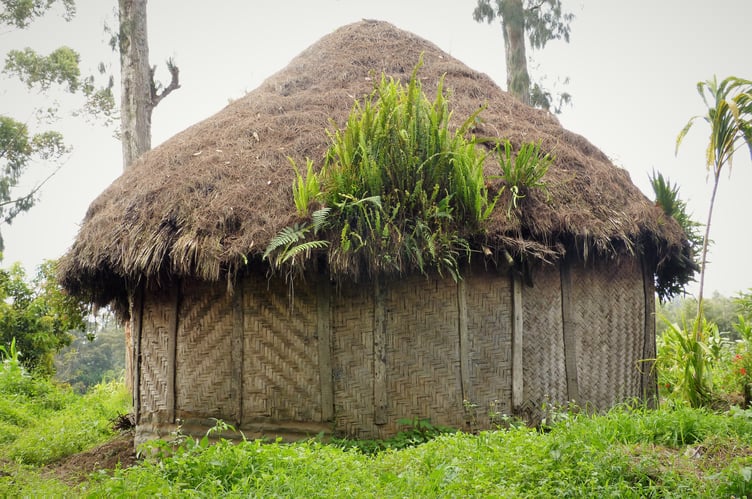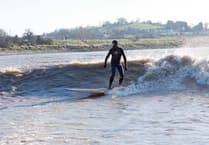This is a forest report, but not of a forest as we know it.
The big international news this week is the lethal landslip in Papua New Guinea in which an unknown number of people (estimates varying from a few hundred to a few thousand) have been killed. I learned of this with some interest as we lived in Papua New Guinea for many years and we know the area where this tragedy occurred.
This area is in the Enga province in the central highlands of the Island of New Guinea, with rugged, mountainous, unstable and sometimes inaccessible terrain. The highland area was only opened up to the outside world by colonial explorers in the1930s. At that time the area was only used commercially by Australia, the colonial power, for such lucrative products as rubber and coffee, but later gold, silver and copper in large quantities were found in the unmapped area of the country close to the border with the area formerly known as Iryan Jaya, a former colony of the Netherlands and now the eastern extremity of Indonesia. In some of these remote areas there are only two ways of access, by air or on foot, so the rescue teams and supplies will all have to be flown in to any site that might possibly be used as an airstrip in the vicinity of the disaster.
There was a Japanese invasion of New Guinea from the north of New Guinea during the Second World War, when New Guinea and Papua were Australian colonies or protectorates. The invaders intended to push forward over the central highlands to the harbour to the capital city Port Moresby, the main harbour facing Australia, to set up a base for an invasion of Australia. But, when they were almost in sight of their target, Australian and American forces, with significant help from the local population, drove the invaders back along the Kokoda trail, the rugged track connecting the north and south of the country at one of its narrowest points. The Australians could then resume their colonial control of the country.
Walking the Kokoda trail, even when not facing enemy became an arduous project for expatriates in the country, like a sort of rite of passage, four or five days climbing ridges, walking through tropical forests and camping by rivers.
Incidentally, when you read or hear of the landslip in Enga province in Papua New Guinea, don’t believe the press when they describe the area as being in Papua. Enga was in the former New Guinea Australian protectorate, which merged with the Australian colony of Papua in 1975 to form the independent country Papua New Guinea.
Our affection for that country is so great that when Papua New Guinea (PNG) played Wales last year in this country in the Rugby League World Cup, I have to say that we attended the match wearing PNG regalia and beating a big PNG kundu drum, which no doubt helped PNG to their great victory.





Comments
This article has no comments yet. Be the first to leave a comment.